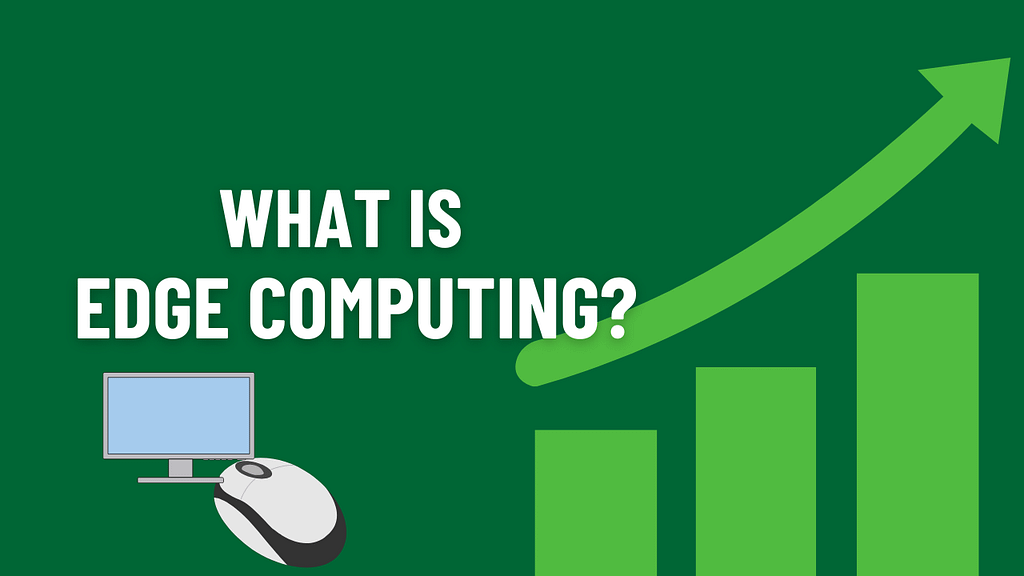Table of Contents
Introduction
In the age of the Internet of Things (IoT) and big data, Edge Computing has emerged as a vital technology that enhances data processing and reduces latency. By bringing computation and data storage closer to the location where it is needed, edge computing enables faster response times and more efficient data handling. This article will delve into the details of edge computing, highlighting its significance, applications, and skills required for a career in this field.
What is Edge Computing?
It’s refers to the practice of processing data near the source of data generation rather than relying solely on centralized cloud servers. This decentralized approach allows for faster processing, reduced latency, and improved bandwidth efficiency, making it ideal for applications that require real-time data processing.
Key Features of Edge Computing
1. Proximity to Data Source
It is processes data closer to where it is generated, reducing the time taken for data to travel to the cloud and back, resulting in faster response times.
2. Bandwidth Efficiency
By processing data locally, edge computing minimizes the amount of data that needs to be sent to the cloud, saving bandwidth and reducing costs.
3. Enhanced Security
Data processed at the edge can be more secure, as sensitive information does not need to be transmitted over the internet, reducing exposure to potential breaches.
4. Real-time Analytics
It’s enables real-time data analytics, making it suitable for applications where immediate insights are crucial, such as autonomous vehicles and industrial automation.
Applications of Edge Computing
1. Internet of Things (IoT)
In IoT applications, it’s allows devices to process data locally, enabling faster decision-making and reducing latency for critical operations.
Learn more about the Internet of things.
2. Smart Cities
It can support smart city applications, such as traffic management and environmental monitoring, by analyzing data from sensors in real-time to optimize city services.
3. Healthcare
In healthcare, it can enhance patient monitoring systems by processing data from medical devices at the point of care, ensuring timely responses to critical situations.
4. Autonomous Vehicles
It is crucial for autonomous vehicles, allowing them to process sensor data and make split-second decisions without relying on cloud computing.
Skills Required for a Career
To pursue a career in edge computing, individuals need a mix of technical and analytical skills:
Networking Knowledge: Understanding network protocols, architectures, and edge devices is essential for implementing edge computing solutions.
Cloud Computing Skills: Familiarity with cloud platforms and services is important, as it often integrates with cloud infrastructure.
Data Analytics: Skills in data analysis and visualization help in deriving insights from processed data at the edge.
Programming Languages: Proficiency in programming languages such as Python, Java, or C++ is crucial for developing edge computing applications.
IoT Expertise: Knowledge of IoT technologies and protocols is important for working with connected devices and sensors.
Technical Information on Edge Computing
1. Edge Devices
It is relies on various devices, including gateways, routers, and sensors, to process data locally. These devices can be configured to perform specific tasks, such as filtering, aggregating, and analyzing data.
2. Edge Architecture
Edge computing architecture typically consists of three layers:
Edge Layer: Where data is generated and initially processed. This includes IoT devices and sensors.
Fog Layer: Acts as an intermediary between the edge and the cloud, providing additional processing and storage capabilities.
Cloud Layer: Centralized data processing and storage, where long-term analytics and archiving occur.
3. Data Management
Effective data management strategies are critical for edge computing, ensuring that data is stored, processed, and analyzed efficiently. This may include real-time analytics, batch processing, and data compression techniques.
FAQs.
1. What is edge computing?
It is a decentralized computing model that processes data closer to its source, reducing latency and improving bandwidth efficiency.
2. How does edge computing work?
It is processes data locally using edge devices, such as sensors and gateways, to analyze information in real-time before sending relevant data to the cloud.
3. What are the benefits of edge computing?
Key benefits include reduced latency, improved bandwidth efficiency, enhanced security, and the ability to perform real-time analytics.
4. What skills are needed for a career in edge computing?
Important skills include networking knowledge, cloud computing skills, data analytics, programming languages, and IoT expertise.
5. What industries use edge computing?
It is utilized in various industries, including healthcare, transportation, manufacturing, smart cities, and telecommunications.
